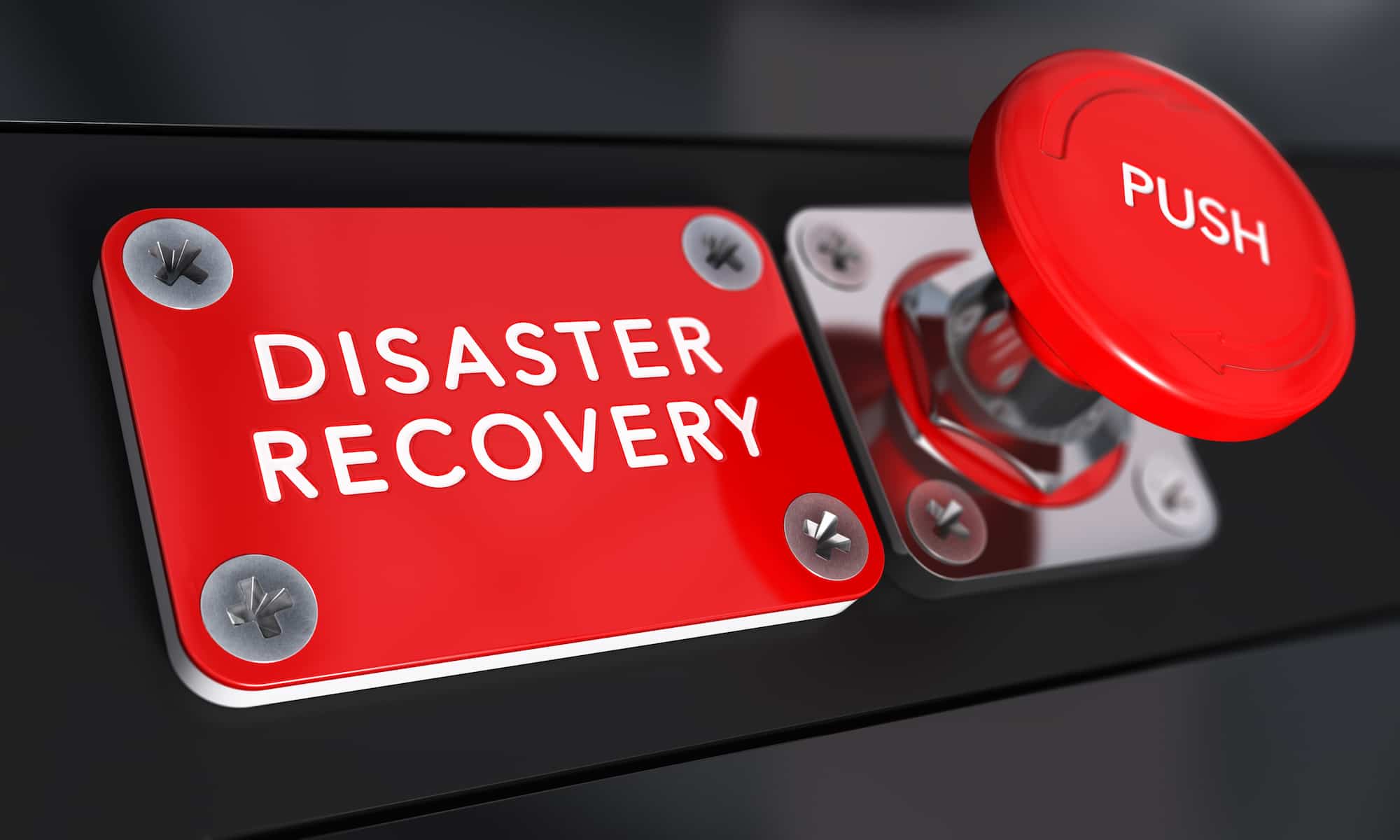In today’s dynamic business world, ensuring operational continuity after a disaster is crucial. Putting together an effective Disaster Recovery (DR) plan requires detailed planning and management. This article explores the ten most important concerns that companies face when implementing a DR.
1. Alignment with the organization
The first step in implementing a DR is to align the plan with the organization’s objectives and needs. It is vital to coordinate with all departments and management to identify critical operations and prioritize the recovery of essential functions.
2. Risk assessment and impact analysis
Identifying specific risks that can affect the organization is crucial. This includes hardware failures, human errors, cyber attacks, and natural disasters. Business Impact Analysis (BIA) helps determine the financial, operational, and reputational consequences of each identified risk.
3. Solution cost and lack of budget
The cost of implementing and maintaining a DR can be significant. It is essential to consider both initial costs (infrastructure, licenses, personnel) and ongoing costs. Evaluating the return on investment is critical to justify the expense to management.
4. Dependencies and coordination
A company’s systems and processes are interconnected. Identifying and documenting these interdependencies ensures efficient and coordinated recovery. Furthermore, collaborating with business partners and suppliers to align DR plans is vital.
5. Definition of recovery objectives
Establishing clear objectives is essential. Two of the most important objectives are the Recovery Time Objective (RTO), which defines the maximum time to restore critical functions, and the Recovery Point Objective (RPO), which indicates the maximum amount of data that can be lost.
6. Procedures, documentation, and standards
Developing clear and detailed procedures is vital for successful recovery. This includes step-by-step guides for classifying the type of action to take according to the incident, as well as checklists for procedure execution. Additionally, detailed documentation of all aspects surrounding the DR plan, including hardware and software configurations, roles, and responsibilities, must be maintained.
7. Technologies used vs. appropriate technologies
The choice of appropriate technologies is crucial in disaster recovery. Different tools and technologies should be evaluated based on budget and applicable regulations. Selecting efficient storage and replication technologies is essential, and considering automation to improve efficiency and reduce errors.
8. Training and awareness
Training technical staff and raising awareness among all employees are essential. Ensuring that technical staff understand their roles and responsibilities in the event of a disaster and fostering a culture of awareness about the importance of disaster recovery and business continuity are crucial.
9. Testing, operations, and validation
It is crucial to establish regular tests of the DR plan and each of its parts. This ensures that everything functions as planned and that staff knows how to act appropriately. Tests should include disaster simulations and data restoration tests.
10. Continuous improvement of Disaster Recovery
DR should be continuously improved. New risks should be evaluated, lessons should be learned from experiences, and improvements should be proposed continuously. This involves updating systems, making changes, and ensuring that the plan is always aligned with the organization’s current needs.
Conclusions
Concerns when setting up a Disaster Recovery in a small or medium-sized business are understandable and shared by many companies. However, with proper planning, management support, and correct implementation, these concerns can be effectively managed. A well-designed DR plan not only protects the organization’s critical assets but also ensures business continuity and resilience against future contingencies.

